The 10 best wireless headphones you can buy
The Creative Sound Blaster Jam is one of the few respectable Bluetooth headphones available for less than $50.

The Jabra Move Wireless is a fun listen, and not terribly expensive to boot.
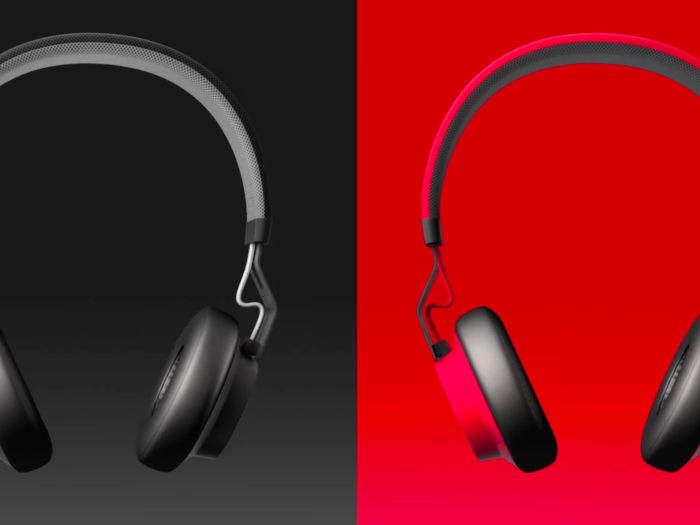
If you can spare $30 more, the Jabra Move Wireless are a step-up in just about every regard.
They’re another pair of comfortable, fairly lightweight on-ears, but they’re more sturdy, and their bass-forward sound brings more life to lots of popular music. They're not going to satisfy audio purists, but for less critical listeners (i.e., most people) they're a good value.
The Skullcandy Grind Wireless has a dynamic sound that belies its low price point.
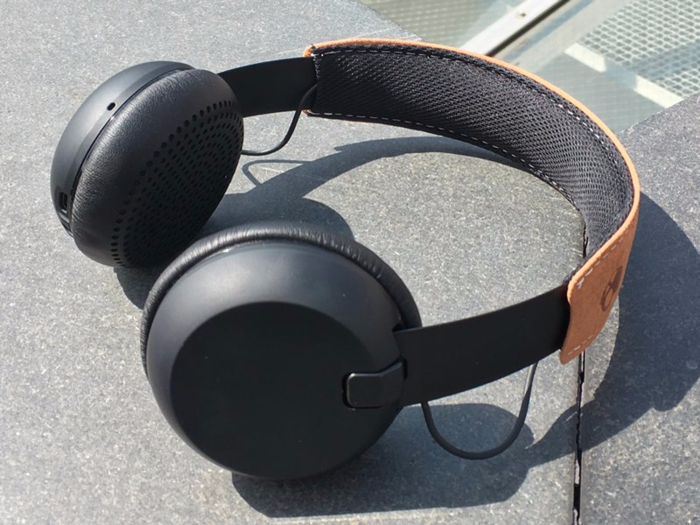
It’s a similar story with the Skullcandy Grind Wireless. Their soft earpads sink onto your head, they get a solid 10-12 hours of battery life, and they feel competently put together.
The sound is the highlight, though: It’s punchy and exciting, but altogether less colored than the Jabras above. Bass is tight, treble is crisp, and there’s good detail. For a $90 pair of wireless headphones, they're great.
The Plantronics Backbeat Sense SE is lightweight, water-resistant, and natural-sounding.
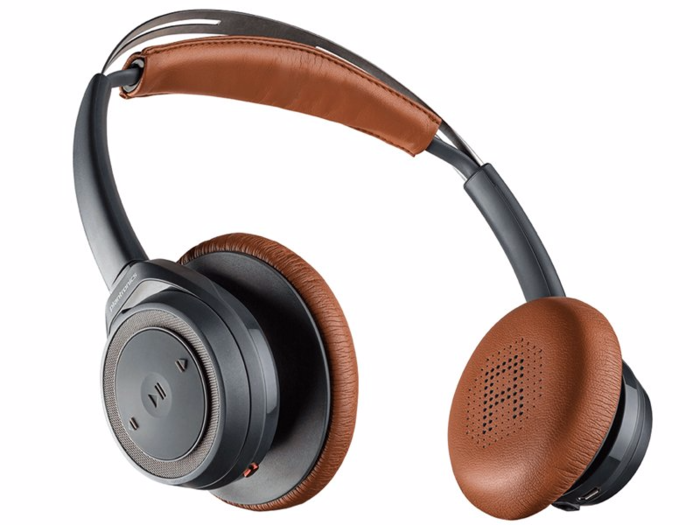
Going further up the on-ear ladder, the $160 Plantronics Backbeat Sense SE is wonderfully comfortable, good-looking, and safe to wear in the rain. They work well for taking calls — not surprising, given Plantronics’ history making Bluetooth headsets — and they have the nifty ability to (ahem) sense when it’s off your head, then play and pause tracks accordingly. Battery life is great, lasting over 15 hours.
Once you have the Sense on, they put out a pleasant, well-balanced profile that works well with a variety of genres. They’re on the brighter, more treble-focused side, so bassheads should steer clear, but if you’re looking for something like a natural sound, they should satisfy.
The V-Moda Crossfade Wireless are super sturdy and great for bass lovers.
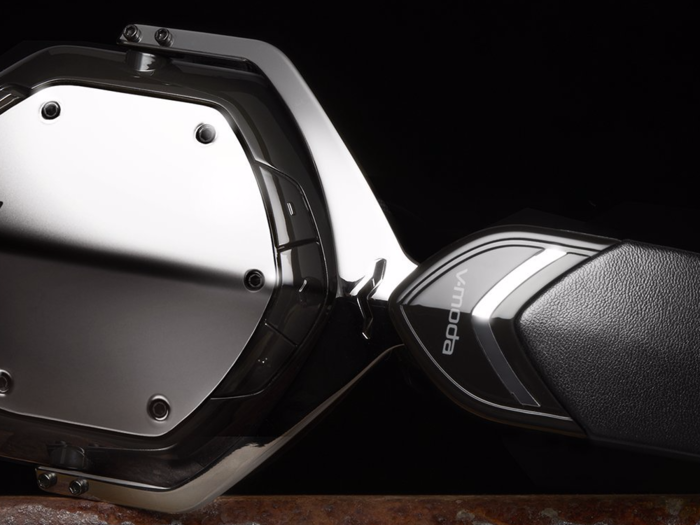
V-Moda’s full-size Crossfade Wireless, meanwhile, definitely are for bassheads. If you’re very into hip-hop or electronica, you should have fun with the Crossfade’s powerful lows, which take priority but refrain from being totally overbearing.
The rest of the sound is nicely smooth on top of that. But again, if you’re an avowed audiophile, there are better ways to spend $300. (Few of them involve Bluetooth.)
There aren’t many $300 pairs that are tougher than this, however. V-Moda touts how the Crossfade’s flashy, industrial build meets military-grade standards for durability, so you should be safe chucking them in a bag. Though they’re on the heftier side, they’re not uncomfortable either. And if nothing else, you can swap out the default earpads if need be.
The Sony MDR-1ABT are a superlatively comfortable pair that don't get much wrong.
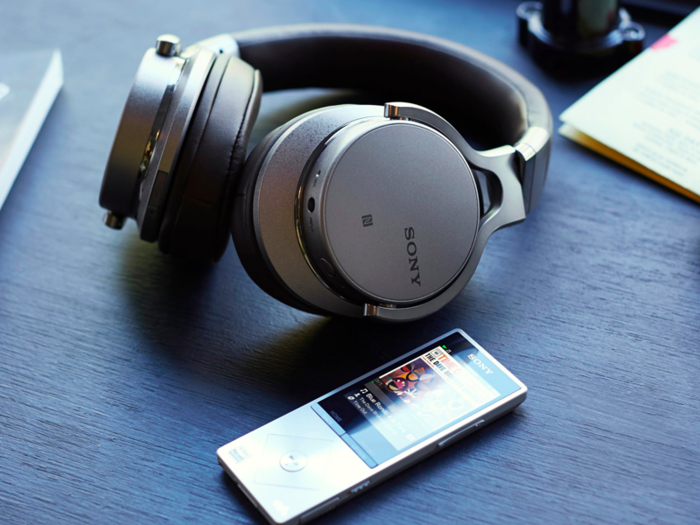
Dropping $400 on a pair of wireless headphones is a big ask, but the Sony MDR-1ABT are above-average across the board.
While it’d be nice if that cash got you more substantial build materials, the MDR’s plastic doesn’t feel cheap, and it helps keep the whole thing a breeze to wear for several hours at a time. They also get close to 30 hours of battery life, which is fantastic.
Pair that with a spacious, well-measured (but not boring) sound profile, and you have one of the few wireless pairs which feel at least close to deserving this high a price tag.
The Bose QuietComfort 35 are the most effective noise-cancelling Bluetooth headphones on the market.
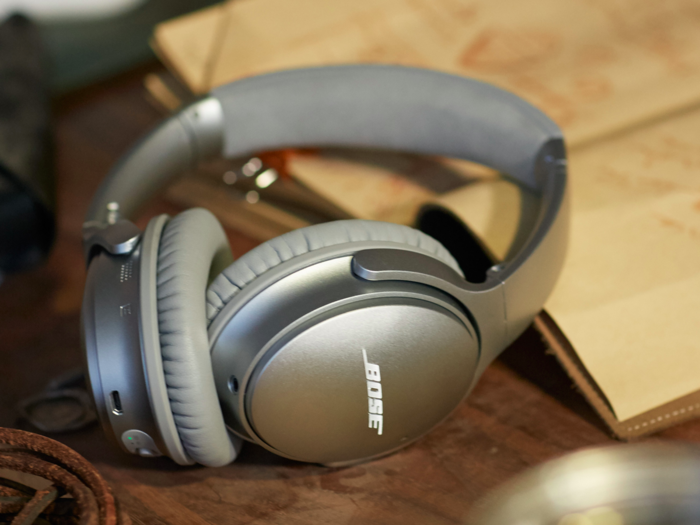
The new Bose QuietComfort 35 have an easier time justifying their $350 premium, if only because they get you Bose’s world-beating noise cancellation tech.
Noise-cancelling headphones are still only for a certain niche of people, and they still can’t tune out everything — namely, voices and other high-pitched things — but if you’re absolutely positive you need them, Bose remains the best at shutting out the world around you. It’s actually good enough to be dangerous if you’re not paying attention.
Noise cancellation has a degrading effect on audio fidelity, and Bose has never been known for that in the first place, so you should definitely look elsewhere if sound quality is your main concern. That said, the lively highs and potent bass make for a profile that should be good enough for most. It’s solid. It helps that the QC35 feel sublime on the head, both lightweight and snug. If you’re set on noise cancelling, they have to be your first choice.
The Sennheiser PXC 550 Wireless aren't quite as strong from a noise-cancelling standpoint, but they have the superior sound.
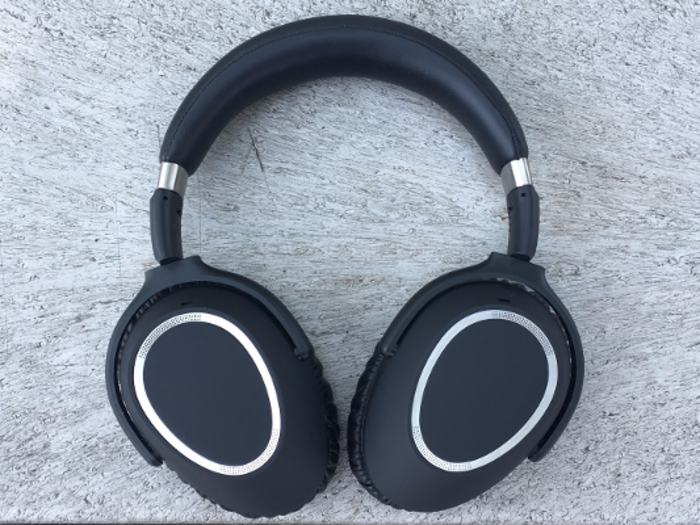
If you're willing to sacrifice a little noise cancelling strength, the Sennheiser PXC 550 Wireless is a more versatile take on the QuietComfort 35 above.
Though they cost $50 more, their noise-cancelling is still solid, they last long, and they're comfortable. Most importantly, they sound smoother and more balanced, with tight bass and clear highs. If you’re in the peculiar spot where you just want the option of noise cancelling, they fit the high-end bill.
The Plantronics Backbeat Fit are well-rounded and convenient for runners.
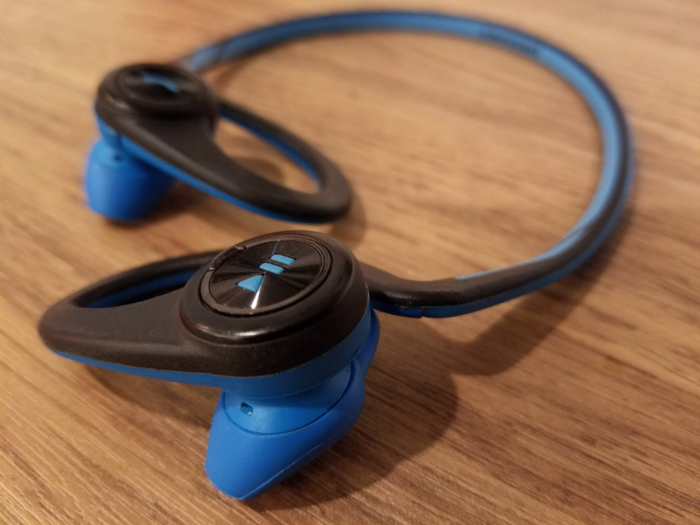
We’ve raved about them in the past, but the Plantronics Backbeat Fit are a great all-rounder in the realm of wireless exercise headphones. They’re sweatproof, sturdy, and easy to keep in place. Like the Backbeat Sense above, Plantronics has fitted them with excellent call quality. They even come with an armband case for running with your smartphone.
The sound quality is clean and distortion-free, but it’s important to note that the around-the-neck design here is unsealed. That means the earbuds don’t dig in your ears so much as they rest outside them. This lets in too much air for there to be any satisfying bass punch, but it also makes it easier to hear your surroundings as you’re running around.
The Jaybird X2 are the performance pick among workout headphones, at least for now.
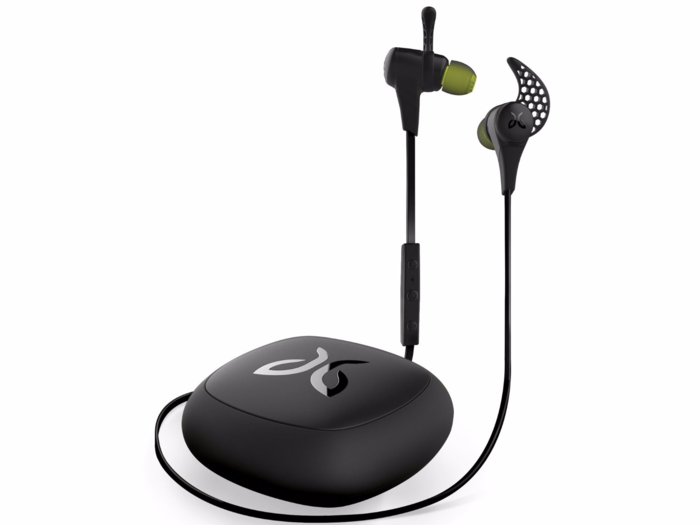
Consider this a tentative recommendation, as we’re still in the process of testing Jaybird’s own Freedom earphones and Bose’s new SoundSport Wireless, both of which sound great for this class of device.
Nevertheless, for now, the Jaybird X2 is one of the few dedicated workout earphones that don’t totally sacrifice audio quality. They bring the kind of full bass and overall energy that goes well with a workout, and again, they’re lightweight and sweatproof. (You get a lifetime warranty for any sweat-related damages, in fact.)
The only real downside is that, despite the plethora of eartips in the box and an official video tutorial, they might be tricky for some to get on. If you can make it work, though, they’re a pair you can wear in or out of the gym.
Popular Right Now
Popular Keywords
- India’s wearables market decline
- Vivo V40 Pro vs OnePlus 12R
- Nothing Phone (2a) Plus vs OnePlus Nord 4
- Upcoming smartphones launching in August
- Nothing Phone (2a) review
- Current Location in Google
- Hide Whatsapp Messages
- Phone is hacked or not
- Whatsapp Deleted Messages
- Download photos from Whatsapp
- Instagram Messages
- How to lock facebook profile
- Android 14
- Unfollowed on Instagram
Advertisement